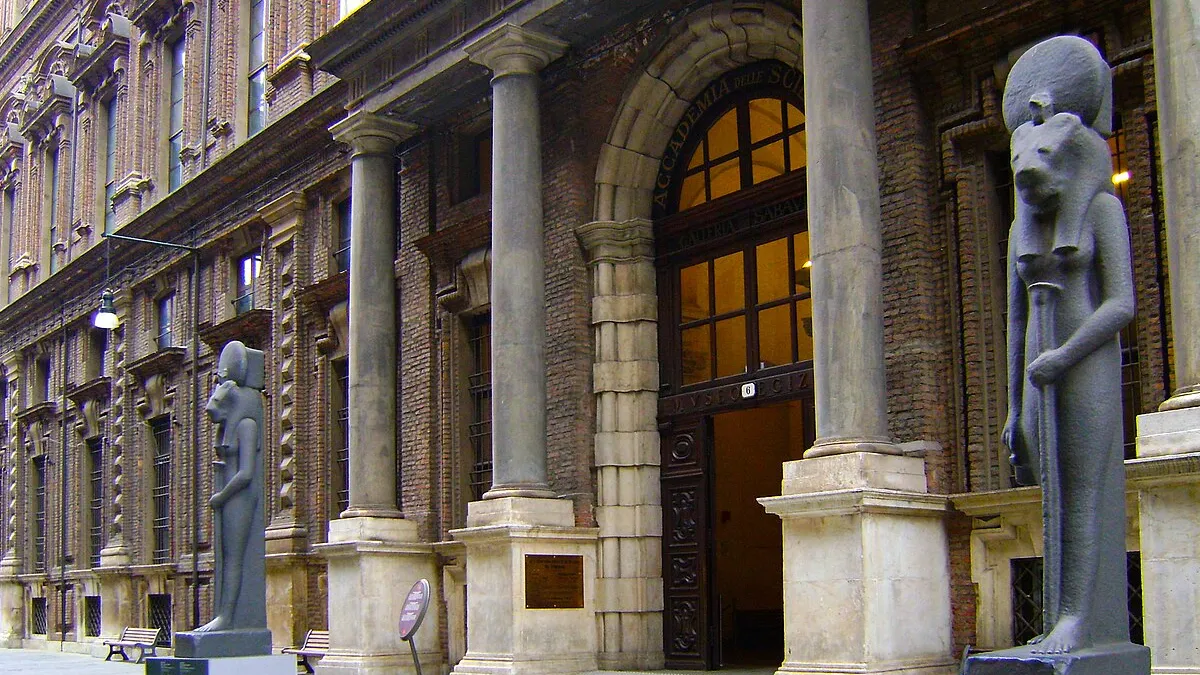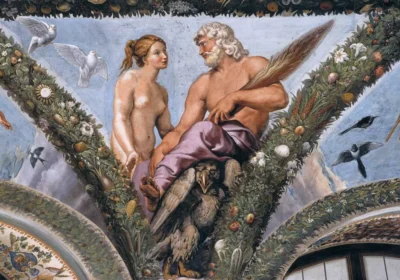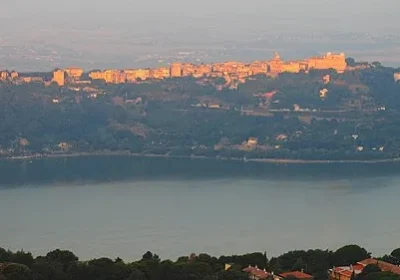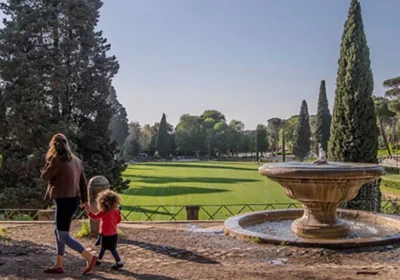Tour of the Egyptian Museum of Turin.
Established in 1824, the museum remains the world’s oldest museum dedicated to the culture of a civilisation that emerged on the banks of the Nile millennia ago. The collection, which was actively expanded between the 19th and 20th centuries, comprises some 33,000 artefacts, 6,500 of which are on display in the museum’s halls in the building on Academy Street. Among the sarcophagi, statues of gods and cats, and real mummies are world treasures that neither Paris nor Berlin can boast.
The Egyptian Museum in Turin is home to the world’s oldest geographical map. The 280 centimetres by 41 centimetres canvas (in restored form) depicts the terrain of the Wadi Hammamat Gorge, which was once the shortest route from Thebes to the Red Sea. The map shows settlements, hills, gold mines and quarries.
Like many valuable artifacts, the map came to the museum as part of a collection of archaeological finds assembled by Bernardino Drovetti. This military and political figure headed the French consulate in Alexandria in the early 19th century, but devoted much of his time and energy to hunting for artefacts. Already by the time of discovery of the papyrus map was a set of disparate fragments. Scientists are still arguing about their correct location. There is a version, according to which the length of the map is 210, not 280 centimetres.
The first exhibit of the Turin collection is considered the tablet of Isis – an ancient table of copper, depicting the Egyptian gods. At the centre of the composition is the figure of the goddess Isis, revered as the ideal of femininity and considered the mother of the pharaohs.
The interest in Ancient Egypt and its art has reached the level of European fashion. A more appropriate time to open a museum could not have been imagined. The then King of Sardinia, Charles Felix, decided to buy the collection of over 5,000 objects assembled by Bernardino Drovetti and open a museum.
The permanent exhibition of the Egyptian Museum in Turin is spread over 4 floors. The top floor is usually occupied by temporary exhibitions.
Floor “2” contains the most ancient artefacts, dating from the pre-dynastic period to modern times.
The museum’s halls include tombs, temples, mummies of both humans and domestic animals, including bulls and cats.
There are many paraphernalia related to religious rituals, as well as objects related to everyday life and works of art. The Egyptian Museum in Turin has one of the world’s largest collections of papyri.
Open all days except 25 December

















